In a world where waste piles up faster than we can manage, creating a zero-waste garden is more than just a hobby—it’s a meaningful step toward sustainability. A zero-waste garden is designed to reduce or completely eliminate waste by reusing, recycling, and composting materials, while producing food or flowers in harmony with nature. It’s not only eco-friendly but also cost-effective, rewarding, and surprisingly easy to start.
Whether you’re aiming for self-sufficiency, a greener lifestyle, or simply a beautiful, low-impact space, here’s a step-by-step guide to starting your own zero-waste garden at home.
1. Understanding the Zero-Waste Gardening Concept
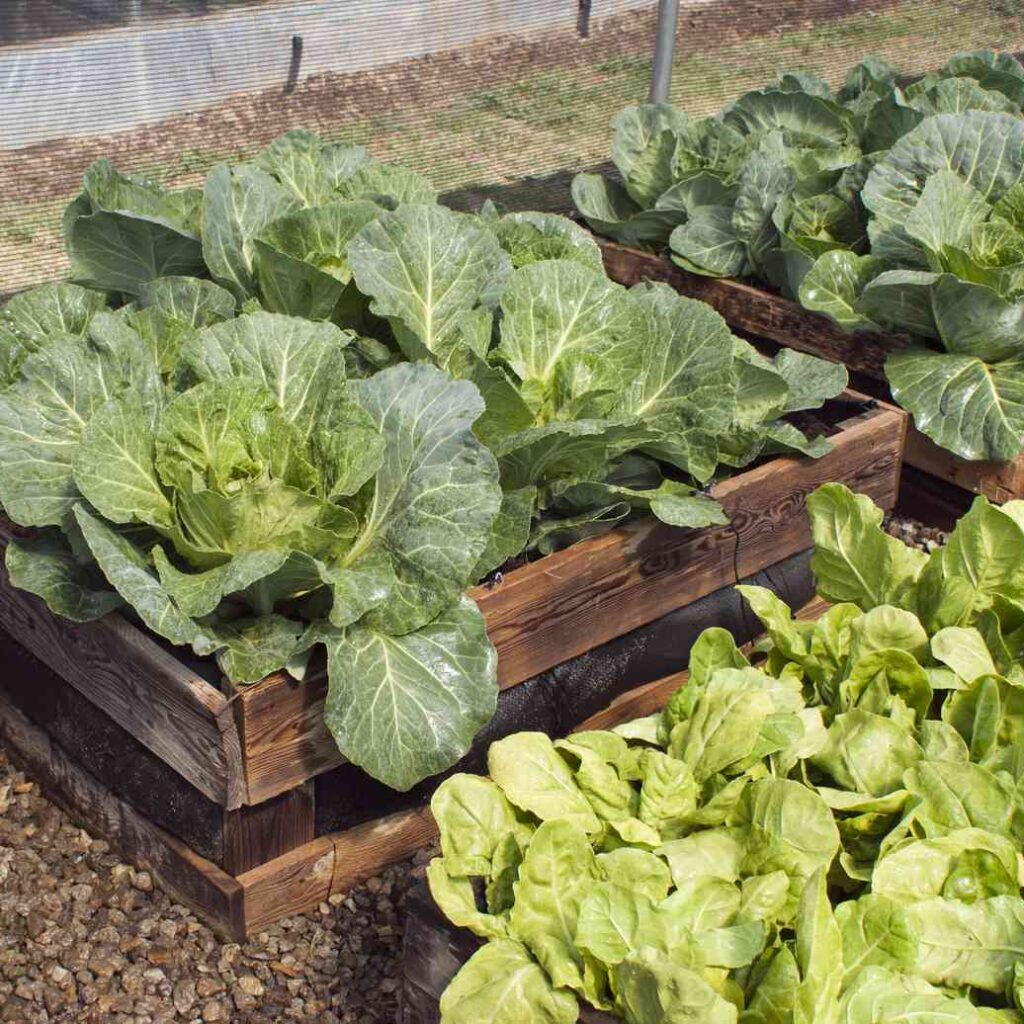
Zero-waste gardening is based on the principle of using every resource to its fullest potential and avoiding sending anything to the landfill.
The core ideas include:
- Composting kitchen and garden waste to create natural fertilizer.
- Repurposing materials instead of buying new ones.
- Growing your own food to reduce packaging waste.
- Eliminating harmful chemicals that damage soil and water.
The main goal is to create a closed-loop system, where everything you take from the garden eventually returns to it in some form.
2. Choosing the Right Space for Your Garden
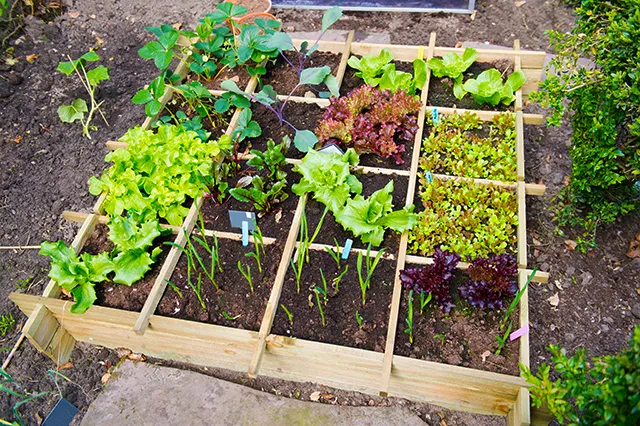
Before you start planting, choose a location that matches your gardening goals and climate:
- Sunlight: Most vegetables and flowers need at least 6–8 hours of direct sunlight daily.
- Accessibility: Keep it close to your kitchen for easy access to herbs and vegetables.
- Water availability: Ensure your water source is nearby to make irrigation easy.
If you have limited outdoor space, you can still start a balcony garden or vertical garden with zero-waste methods.
3. Start with Healthy Soil — The Foundation of Zero Waste
Healthy soil is the heart of a zero-waste garden. Avoid synthetic fertilizers and instead feed the soil naturally:
- Use homemade compost made from kitchen scraps, garden clippings, and shredded paper.
- Apply mulch from dried leaves, grass clippings, or straw to retain moisture and prevent weeds.
- Rotate crops yearly to maintain soil fertility and prevent pest buildup.
Healthy soil reduces the need for store-bought fertilizers, cutting both costs and packaging waste.
4. Composting — Turning Waste into Gold
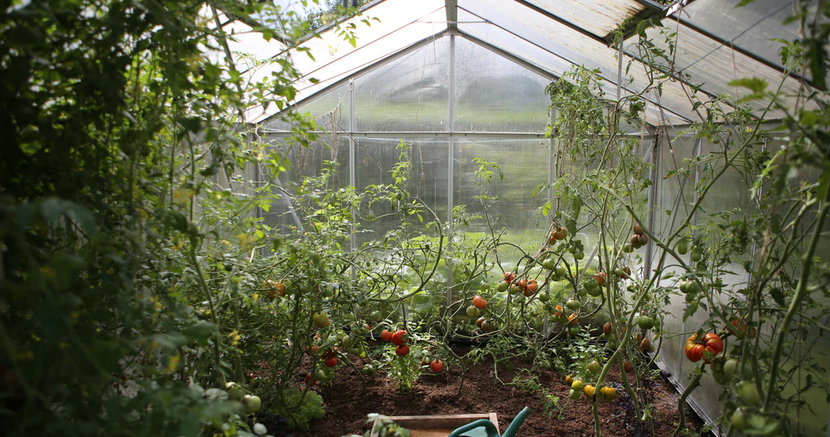
Composting is the most important zero-waste gardening practice. It turns organic waste into nutrient-rich soil that boosts plant health.
What to Compost:
- Kitchen scraps: fruit peels, vegetable scraps, coffee grounds, eggshells.
- Garden waste: dried leaves, grass cuttings, plant trimmings.
- Paper products: shredded cardboard, newspaper (ink-free).
What NOT to Compost:
- Meat, dairy, and oily foods (can attract pests).
- Diseased plants or chemically treated grass.
Tip: Use a compost bin, tumbler, or a simple pile in the corner of your garden. Turn it regularly to speed up decomposition.
5. Repurposing and Recycling in the Garden
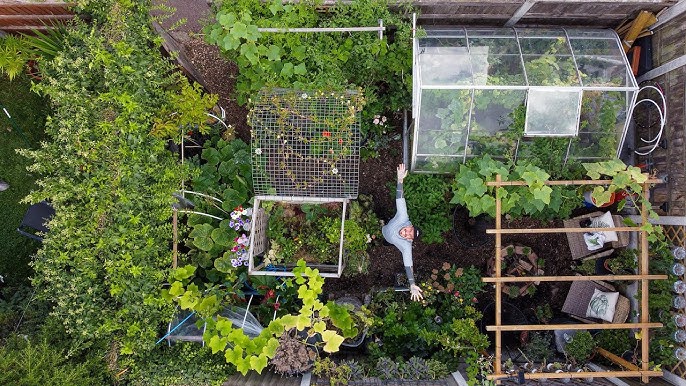
Zero-waste gardening thrives on creativity and resourcefulness. Instead of buying new garden materials, look for ways to reuse items you already have.
Examples:
- Old plastic bottles → DIY drip irrigation system.
- Wooden crates or pallets → Raised garden beds or vertical planters.
- Broken terracotta pots → Drainage aids for potted plants.
- Glass jars → Mini greenhouses for seedlings.
Not only does this save money, but it also prevents items from ending up in landfills.
6. Growing Your Own Food and Herbs
One of the biggest contributors to household waste is food packaging. By growing your own produce, you eliminate unnecessary plastic bags, wrappers, and containers.
Easy crops for beginners:
- Leafy greens: Spinach, lettuce, kale.
- Herbs: Basil, mint, rosemary, coriander.
- Vegetables: Tomatoes, cucumbers, carrots, peppers.
Pro tip: Start small with plants you eat often. Harvest regularly to keep plants productive.
7. Saving and Reusing Seeds
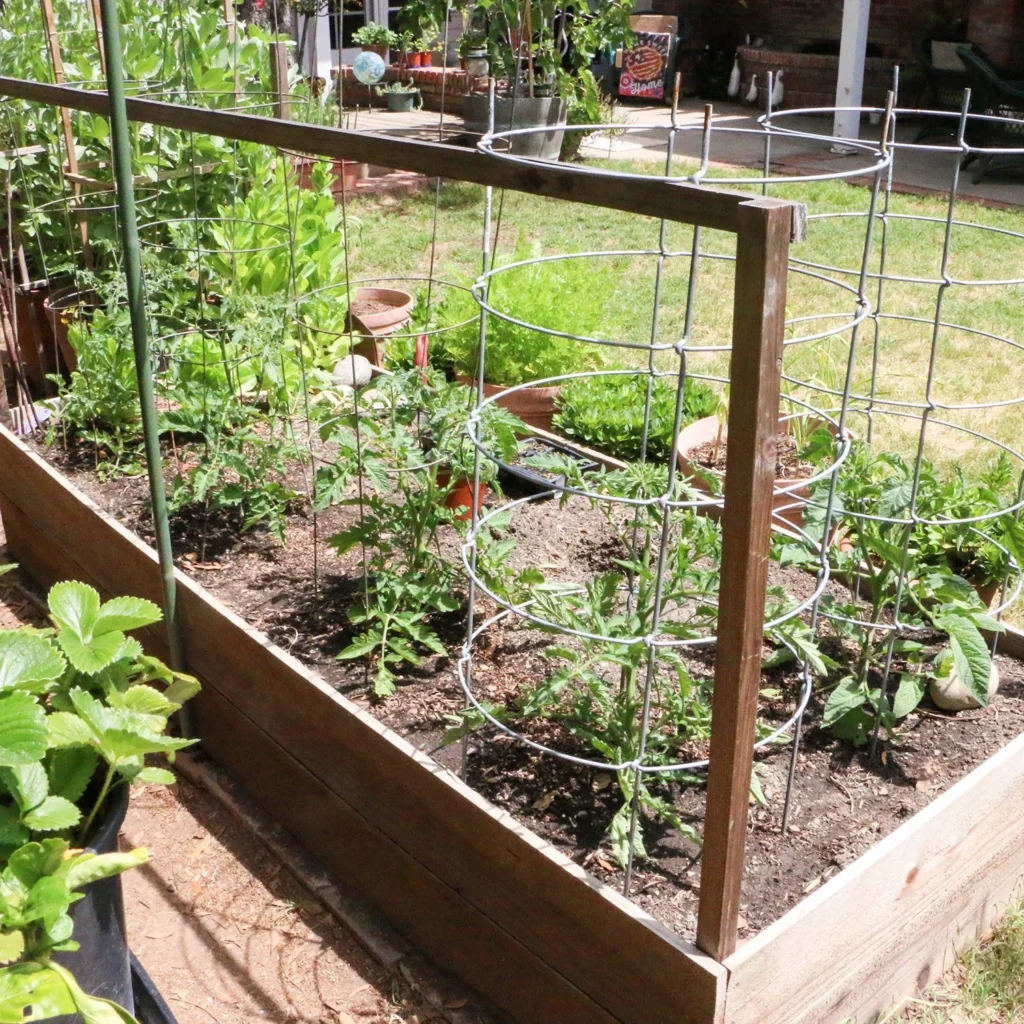
Instead of buying new seed packets every season, try saving seeds from your plants. This practice ensures self-sufficiency and reduces waste from packaging.
Examples:
- Tomato seeds: Scoop from ripe fruit, dry, and store.
- Beans and peas: Let pods dry fully before harvesting seeds.
- Flowers like marigolds and sunflowers: Collect dried flower heads and store seeds.
Store seeds in paper envelopes or reused jars in a cool, dry place.
8. Water Conservation in a Zero-Waste Garden
Wasting water is just as harmful as wasting materials. Adopt water-saving methods:
- Rainwater harvesting: Use barrels or buckets to collect rainwater for irrigation.
- Drip irrigation systems: Made from old pipes or bottles for slow, targeted watering.
- Mulching: Reduces evaporation and keeps soil moist longer.
- Water at the right time: Early morning or late evening to reduce loss from evaporation.
9. Avoiding Chemicals — Natural Pest and Weed Control
Chemical fertilizers and pesticides harm not only the environment but also beneficial insects like bees and butterflies.
Zero-waste alternatives:
- Neem oil spray for insects.
- Garlic and chili spray to deter pests.
- Companion planting: Grow marigolds near tomatoes to repel pests naturally.
- Hand-weeding and mulching to control unwanted plants.
10. Creating a Wildlife-Friendly Garden
A true zero-waste garden works with nature, not against it. Invite beneficial wildlife to create a balanced ecosystem:
- Plant nectar-rich flowers for pollinators.
- Add a birdbath or small pond for birds and frogs.
- Leave some leaf litter for insects to shelter in winter.
This helps maintain natural pest control and pollination without extra effort.
11. Managing Garden Waste Mindfully
Even in a zero-waste garden, there will be some plant material to dispose of — but it can always be reused:
- Pruned branches: Turn into garden stakes or trellises.
- Grass clippings: Use as mulch.
- Dead plants: Add to compost after removing seeds or pests.
Nothing should leave your garden unless it’s absolutely unavoidable.
12. Scaling Your Zero-Waste Garden Over Time
You don’t need to achieve 100% zero waste overnight. Start small:
- Begin with composting kitchen scraps.
- Repurpose old containers for planting.
- Slowly replace synthetic fertilizers and pesticides with natural alternatives.
- Expand your crops as your skills grow.
Over time, your garden will become self-sustaining, needing minimal outside inputs.
Benefits of a Zero-Waste Garden
- Environmental impact: Reduces landfill waste and pollution.
- Cost savings: Less money spent on fertilizers, seeds, and tools.
- Health benefits: Fresh, chemical-free produce for your family.
- Satisfaction: A sense of accomplishment from living sustainably.
Final Thoughts
A zero-waste garden is more than just a gardening style—it’s a lifestyle choice that promotes sustainability, creativity, and environmental responsibility. By composting, reusing materials, conserving water, and avoiding chemicals, you can create a garden that feeds your family, nurtures the planet, and reduces waste in every way possible.
You don’t need to be an expert or have a huge yard to start. All you need is the willingness to try, the patience to learn, and the commitment to let nothing go to waste.
Your zero-waste garden will not only produce fresh, healthy food but also become a green sanctuary where every leaf, seed, and drop of water matters.
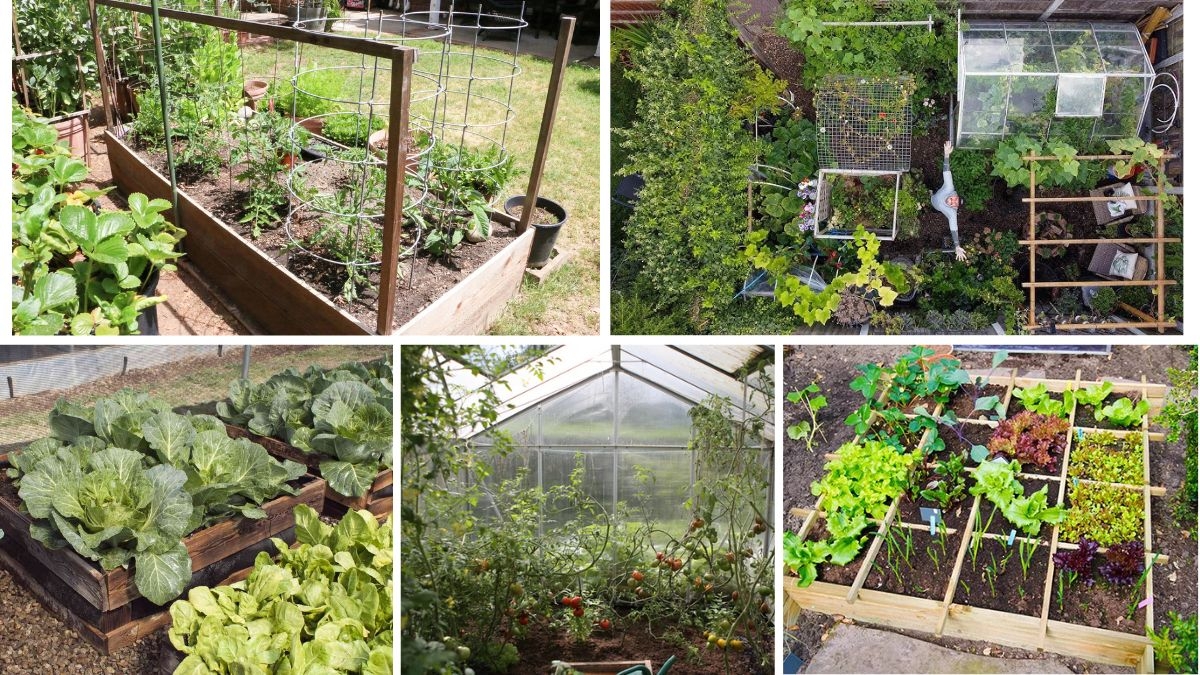

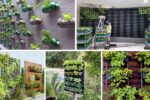
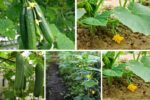
Leave A Comment